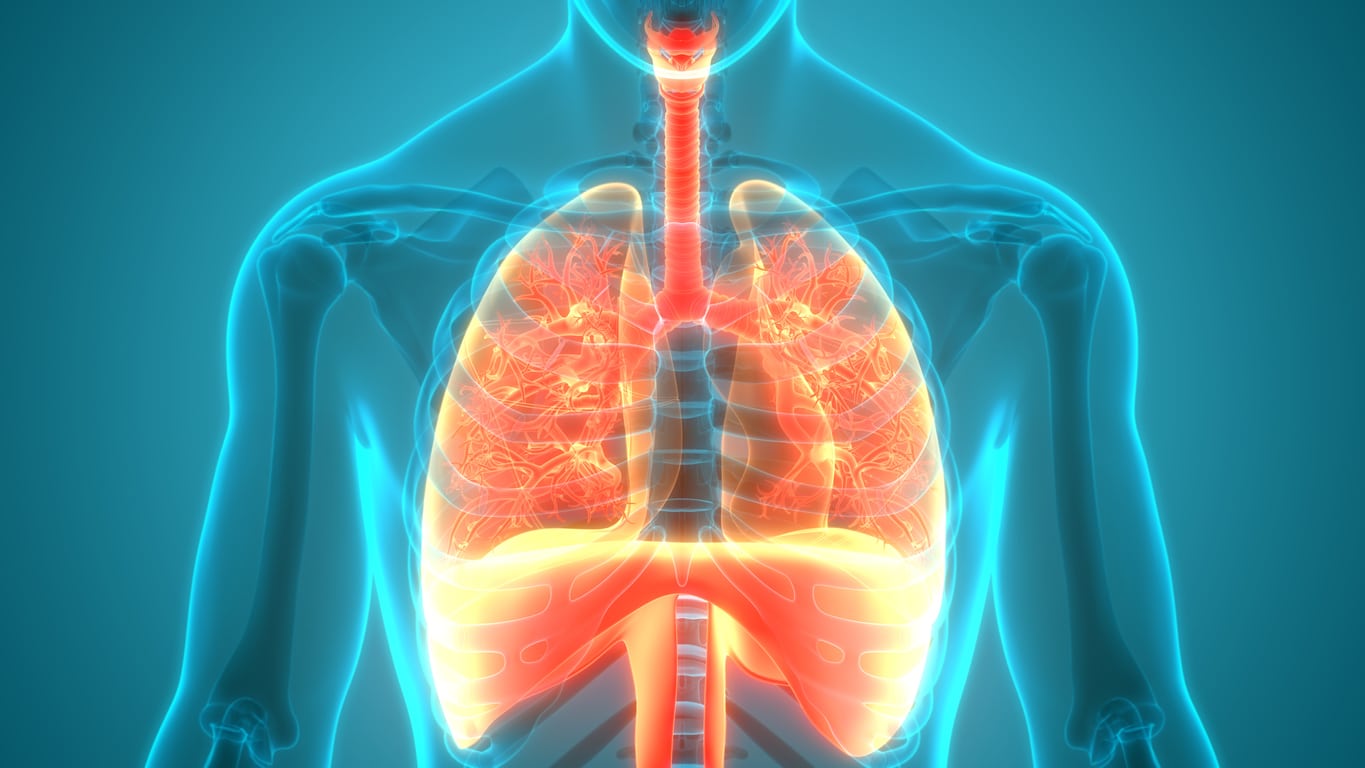
Diaphragmatic Endometriosis: An In-Depth Analysis
Diaphragmatic endometriosis is a chronic health condition that manifests when tissues akin to the endometrial lining start to grow outside the uterus. This exogenous growth
Thoracic endometriosis is a rare and often misunderstood form of endometriosis that occurs when endometrial-like tissue grows in or around the lungs, diaphragm, or chest cavity. This condition is part of a broader category known as extrapelvic endometriosis, which refers to endometrial tissue found outside the pelvic region. Thoracic endometriosis most commonly affects women of reproductive age and can lead to serious respiratory symptoms that are often cyclic, coinciding with the menstrual cycle.
Thoracic endometriosis syndrome (TES) includes a group of clinical presentations such as catamenial pneumothorax (lung collapse), catamenial hemothorax (bleeding into the chest cavity), catamenial hemoptysis (coughing up blood), and pulmonary nodules. “Catamenial” refers to the timing of symptoms with menstruation, which is a hallmark feature of this condition. These symptoms often recur monthly and can be mistaken for other thoracic or pulmonary disorders, leading to delays in diagnosis.
Diagnosing thoracic endometriosis can be challenging due to its rare nature and the nonspecific symptoms it causes. Patients may experience shortness of breath, chest pain, shoulder pain (especially on the right side), and coughing up blood, particularly during menstruation. Imaging studies such as chest X-rays, CT scans, and MRIs may reveal abnormalities, but the diagnosis is often confirmed through video-assisted thoracoscopic surgery (VATS), which allows direct visualization and biopsy of the lesions.
Treatment for thoracic endometriosis depends on the severity of symptoms and the extent of disease. Hormonal therapy, such as GnRH agonists, progestins, or birth control pills, is often the first line of treatment and aims to suppress the menstrual cycle and reduce endometrial tissue growth. For more severe or recurrent cases, surgical intervention may be necessary. VATS can be used to remove endometriosis implants, repair the diaphragm, and treat lung damage. In some cases, a combination of surgery and ongoing hormonal management offers the best long-term results.
Thoracic endometriosis requires a multidisciplinary approach involving gynecologists, thoracic surgeons, and sometimes pulmonologists. Early diagnosis and proper treatment are essential to prevent complications and improve the quality of life for those affected.
If you or someone you know experiences cyclic chest pain, difficulty breathing, or other respiratory symptoms linked to menstruation, thoracic endometriosis should be considered. Raising awareness about this condition can lead to earlier diagnosis, effective treatment, and better outcomes for those living with this challenging form of endometriosis.

Diaphragmatic endometriosis is a chronic health condition that manifests when tissues akin to the endometrial lining start to grow outside the uterus. This exogenous growth

As a patient, you may already know that endometriosis is not just painful periods. Endometriosis, an inflammatory condition where endometriosis lesions can be found on
The term thoracic endometriosis has been used to describe the varying clinical and radiological manifestations associated with the growth of endometrial glands and stroma in
Thoracic Endometriosis, Endometriosis of the lung While endometriosis of the thoracic area is rare, it can occur. Several case reports and studies that are cited